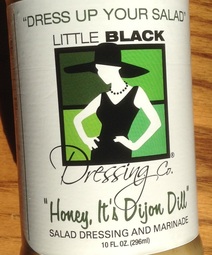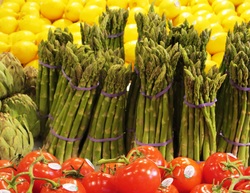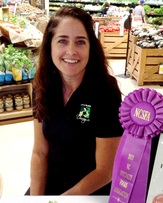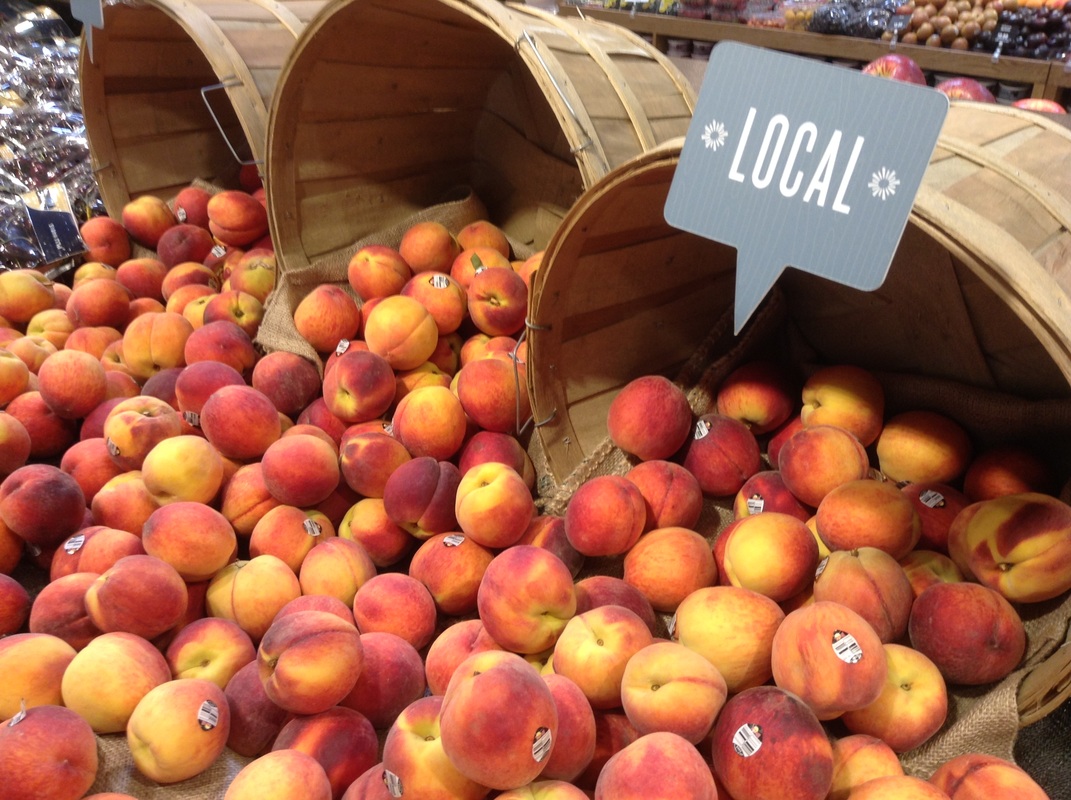
Maybe a bit of both.
We Catholic and Protestant kids had heard about the “reason for the season” in cold, crisp (not always snowy) New England, but in truth we didn’t know much about it, despite the belief our faiths tried to imbue in us. We DID, however, know about and embrace the whole Santa, milk and cookies thing, which our Jewish friends got into just as enthusiastically.
It’s not as easy to feel warm and peaceful about Christmas these days despite the twinkling lights and soaring chorales, given (a) the season’s near manic commercial aggressiveness and (b) the hurt feelings that have arisen in recent years as people with other traditions (or an ideological axe to grind) work to substitute Christmas greetings with Holiday greetings, and America complies so as not to offend, without acknowledging -- or perhaps even realizing -- the word’s etymology: Holy Day.
And so the season of Great Joy finds itself sunk in controversy at the insistence of a vocal minority, the Great Good of it all but lost in the murk of political correctness and an orgy of consumption that now kicks off just after Halloween, blasts through Thanksgiving practically without pause and finally screeches breathlessly to a halt at the Christmas Eve finish line.
Compared to “how things used to be,” it can all be just plain disorienting to those of us who came up in that slower, simpler time. But it’s only that way if you let all the hullabaloo and nay-saying creep into your heart. I simply choose not to.
So, have yourself a blessed Christmas season filled with peace, joy, love and hope (no matter what you may choose to call it).
“And suddenly, there was with the angel a multitude of the heavenly host praising God, and saying, Glory to God in the highest, and on earth peace, good will toward men.*”
*This promise applies to men, women, children, babies, relatives, friends, acquaintances, business associates, kittens, puppies and anybody else who may wish to participate. All are invited to partake!
Takeaway: Give from an open heart, allow others their space, wrap yourself in family ... and enjoy!
Content © by Brian E. Faulkner







 RSS Feed
RSS Feed